Space has always held a certain fascination for humanity, with its vast expanse and countless mysteries. NASA, with its powerful telescopes and dedicated missions, has captured some of the most breathtaking and iconic images of the cosmos. These images not only deepen our understanding of the universe but also leave us in awe of its sheer beauty and complexity. Let’s embark on a journey through NASA’s top 10 iconic space images that have captivated the world.
Hubble’s Deep Field
In 1995, the Hubble Space Telescope took a groundbreaking image known as the Hubble Deep Field. This photograph reveals a tiny patch of sky filled with thousands of galaxies, each containing billions of stars. The significance of this image lies in its demonstration of the universe’s vastness and the diversity of its structures. By pointing Hubble at a seemingly empty spot in the sky for a long period, astronomers were able to capture light from galaxies billions of light-years away, giving us a glimpse into the early universe.
The Pillars of Creation
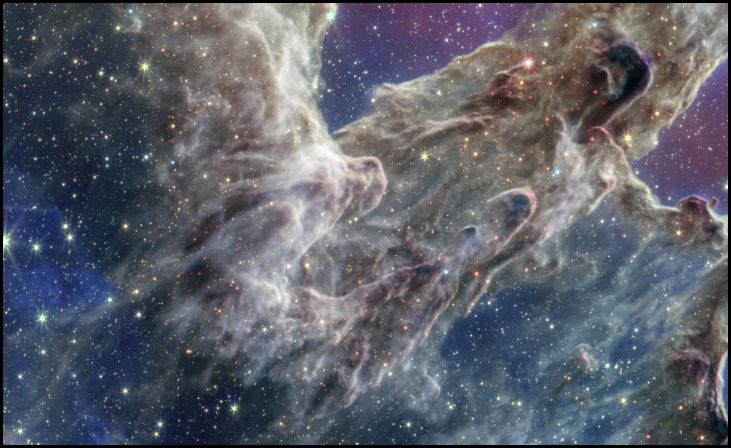
The Pillars of Creation, taken by the Hubble Space Telescope, showcases towering columns of gas and dust in the Eagle Nebula. These majestic structures are sites of ongoing star formation, with new stars being born from the dense material within the pillars. The image is not only visually stunning but also scientifically valuable, offering insights into the processes of star formation and the dynamic nature of nebulae.
The Blue Marble
Taken during the Apollo 17 mission in 1972, the Blue Marble is one of the most famous images of Earth. This photograph captures our planet in its full splendor, showing the intricate details of its landmasses, oceans, and weather systems. The Blue Marble has become an iconic representation of Earth’s beauty and fragility, emphasizing the need for global unity and environmental stewardship.
The Andromeda Galaxy
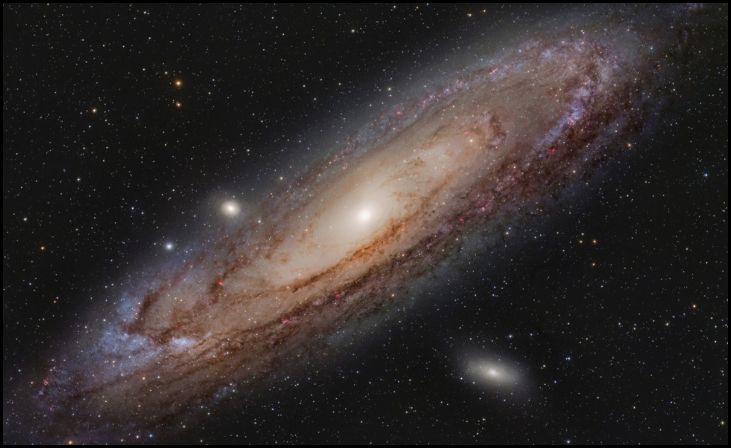
The Andromeda Galaxy, our nearest spiral galaxy neighbor, is captured in stunning detail in this image from the Hubble Space Telescope. This sprawling galaxy, located about 2.537 million light-years from Earth, contains hundreds of billions of stars. The image reveals the galaxy’s spiral arms, rich in star-forming regions, and provides a glimpse into the structure and dynamics of a galaxy similar to our own Milky Way.
Saturn’s Rings
Captured by the Cassini spacecraft, Saturn’s rings are a magnificent display of cosmic beauty. This image shows the intricate and colorful rings, composed of countless particles of ice and rock, varying in size from tiny grains to large boulders. The rings are a testament to the complex gravitational interactions at play in Saturn’s system and offer clues to the planet’s history and evolution.
The Orion Nebula
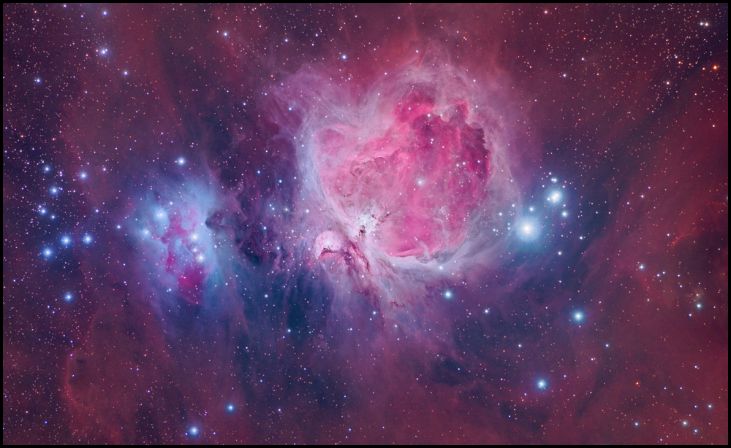
The Orion Nebula, one of the brightest nebulae visible to the naked eye, is a stunning image from the Hubble Space Telescope. Located in the constellation Orion, this nebula is a vast region of gas and dust where new stars are being born. The image reveals the nebula’s intricate structure and the young, hot stars that illuminate it, providing a vivid snapshot of stellar nursery in action.
The Horsehead Nebula
The Horsehead Nebula is one of the most recognizable nebulae in the night sky, thanks to its distinctive shape resembling a horse’s head. This image, captured by the Hubble Space Telescope, shows the dark nebula silhouetted against the bright backdrop of ionized gas. The Horsehead Nebula is part of the Orion Molecular Cloud Complex and serves as a striking example of the interplay between light and dark in the cosmos.
The Sombrero Galaxy
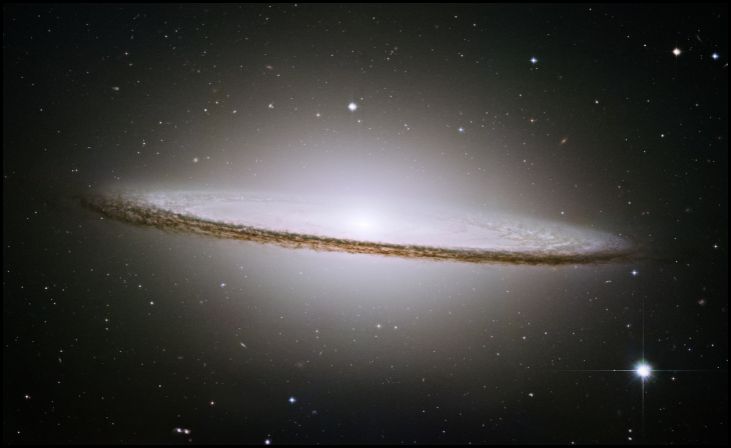
The Sombrero Galaxy, also known as M104, is a spiral galaxy with a bright nucleus and an unusually large central bulge, surrounded by a prominent dust lane. This image, taken by the Hubble Space Telescope, highlights the galaxy’s unique shape, reminiscent of a sombrero hat. Located about 28 million light-years from Earth, the Sombrero Galaxy offers a fascinating look at galaxy morphology and the distribution of stars and dust.
The Carina Nebula
The Carina Nebula is a vast region of star formation located in the Carina constellation. This image from the Hubble Space Telescope reveals towering pillars of gas and dust, teeming with young, hot stars. The Carina Nebula is home to some of the most massive stars known, including the enigmatic Eta Carinae, which is expected to go supernova in the near future. The image captures the nebula’s dynamic beauty and the intense processes shaping its structure.
The Crab Nebula
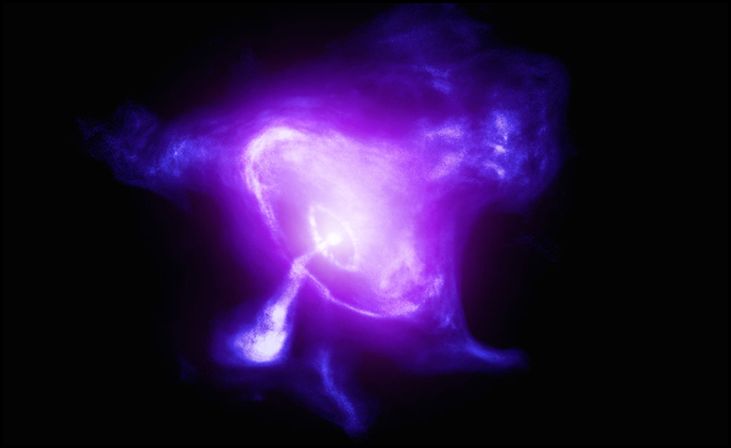
The Crab Nebula is the remnant of a supernova explosion that occurred in 1054 AD. This image, taken by the Hubble Space Telescope, shows the intricate filaments of gas and dust ejected during the explosion. At the center of the nebula lies a pulsar, a rapidly spinning neutron star that emits beams of radiation. The Crab Nebula is a key object of study for understanding the life cycles of stars and the aftermath of supernova explosions.



